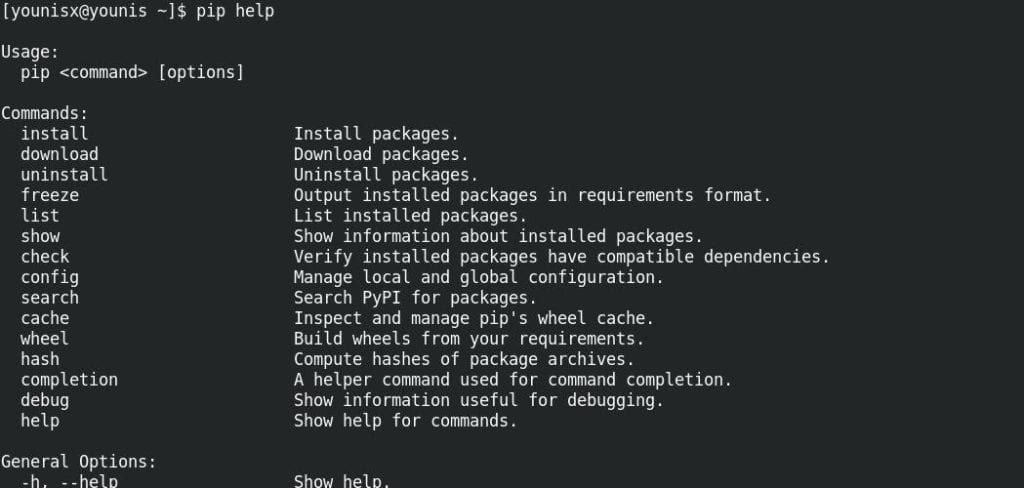
You would need to type sudo pip3 install ModuleName. On OS X and Linux, you’ll have to run pip3 with the sudo prefix to grant administrative privileges to install the module. For example, on Windows you would enter pip install ModuleName, where ModuleName is the name of the module. If you want to install pip or pip3 from the official source directly, you can use the following commands.The pip tool is meant to be run from the command line: You pass it the command install followed by the name of the module you want to install. $ sudo zypper install python3-pip # for Python3 Install pip on OpenSUSE $ sudo zypper install python-pip # for Python2 $ sudo pacman -S python-pip # for Python3 Install pip on Arch Linux or Manjaro $ sudo pacman -S python2-pip # for Python2 To install pip on old CentOS/RHEL system, first enable EPEL repository, and then run: $ sudo yum install python-pip # for Python2 Install pip on CentOS or RHEL 6 or Earlier $ sudo yum install python3-pip # for Python3 $ sudo yum install python-pip # for Python2 No third-party repository is needed to install pip amd pip3.

Install pip on Fedora or CentOS/RHEL 7 or Later Thus if you want to install pip on newer Ubuntu systems, you need to install it from the official source, as described at the end of this tutorial. Note that on Ubuntu 20.04 or later, python-pip is no longer included in their repositories. $ sudo apt-get install python3-pip # for Python3 Install pip on Ubuntu, Debian or Linux Mint $ sudo apt-get install python-pip # for Python2

Using pip (or pip3), you can install/update/uninstall a Python package, as well as list all installed (or outdated) packages from the command line. One of the easiest way is to use pip (or pip3 for Python3) command line tool. There are various ways to install and manage Python packages.

However, when I run pip, it says "pip: command not found". Question: I want to use pip to install Python packages.


 0 kommentar(er)
0 kommentar(er)
